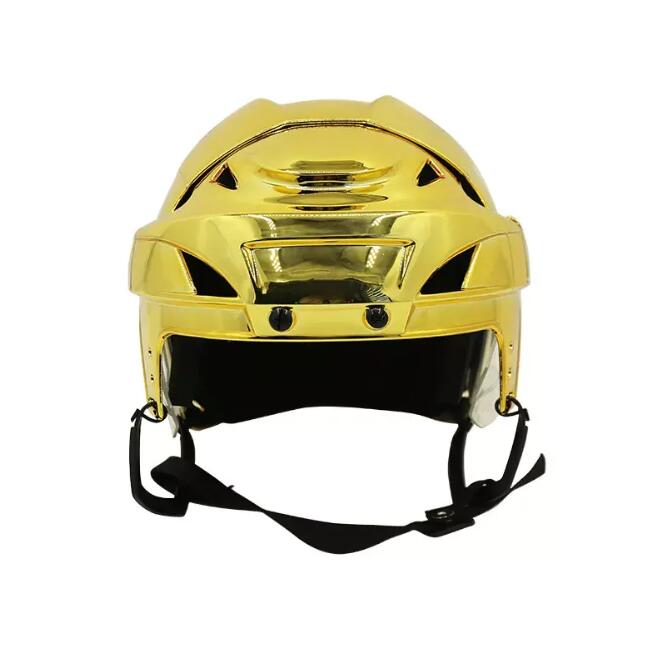Understanding Concussion Protection: Can Hockey Player Helmets Provide Adequate Safety
2024-03-25
In the high-speed, physical world of ice hockey, player safety is paramount. Concussions, a common concern in contact sports, pose significant risks to athletes' health and well-being. As one of the primary pieces of protective gear, hockey player helmets naturally come under scrutiny regarding their ability to mitigate concussion risk. In this blog, we delve into the question: Can hockey player helmets effectively protect against concussions?
The Role of Helmets in Head Injury Prevention
Hockey player helmets serve as a vital barrier between the player's head and the various impacts that occur during gameplay. Designed to absorb and dissipate forces, helmets aim to reduce the severity of head injuries, including concussions. However, it's essential to recognize that while helmets are a crucial component of player safety equipment, they are not infallible.
Understanding Concussions
Concussions are traumatic brain injuries resulting from a sudden blow or jolt to the head or body. These injuries disrupt normal brain function, leading to symptoms such as headache, dizziness, confusion, and memory problems. In contact sports like hockey, where collisions and falls are common, the risk of concussions remains a significant concern for players, coaches, and medical professionals alike.
Limitations of Helmet Protection
While hockey player helmets are designed to absorb impacts and reduce the risk of head injuries, including concussions, they cannot completely eliminate the risk. Several factors contribute to the limitations of helmet protection:
1. Rotational Forces: Concussions often result from rotational forces transmitted to the brain, which helmets may not effectively mitigate. Even with advanced helmet technology, rotational acceleration can still occur during impacts, increasing the risk of concussion.
2. Impact Severity: Helmets are designed to provide protection against moderate impacts, but they may not adequately safeguard against high-velocity collisions or direct blows to the head. In such cases, the force exerted on the brain can surpass the helmet's protective capabilities, increasing the likelihood of concussion.
3. Fit and Maintenance: Proper helmet fit and maintenance are crucial for optimal protection. A poorly fitting or damaged helmet may compromise its ability to absorb impacts effectively, leaving players vulnerable to head injuries, including concussions.
The Importance of Comprehensive Safety Measures
While hockey player helmets play a vital role in head injury prevention, they are just one component of a comprehensive approach to player safety. Additional measures, such as rule enforcement, player education, and improved coaching techniques, are essential for reducing the incidence and severity of concussions in hockey.
Conclusion: Striving for Continuous Improvement
In conclusion, while hockey player helmets offer valuable protection against head injuries, including concussions, they are not foolproof. Understanding their limitations and the complexities of concussion risk is crucial for developing strategies to enhance player safety. Continued research, innovation, and collaboration across the hockey community are essential for advancing helmet technology and implementing comprehensive safety measures that prioritize the well-being of players at all levels of the sport. By remaining vigilant and proactive in our approach to concussion prevention, we can strive to create a safer environment for hockey players worldwide



